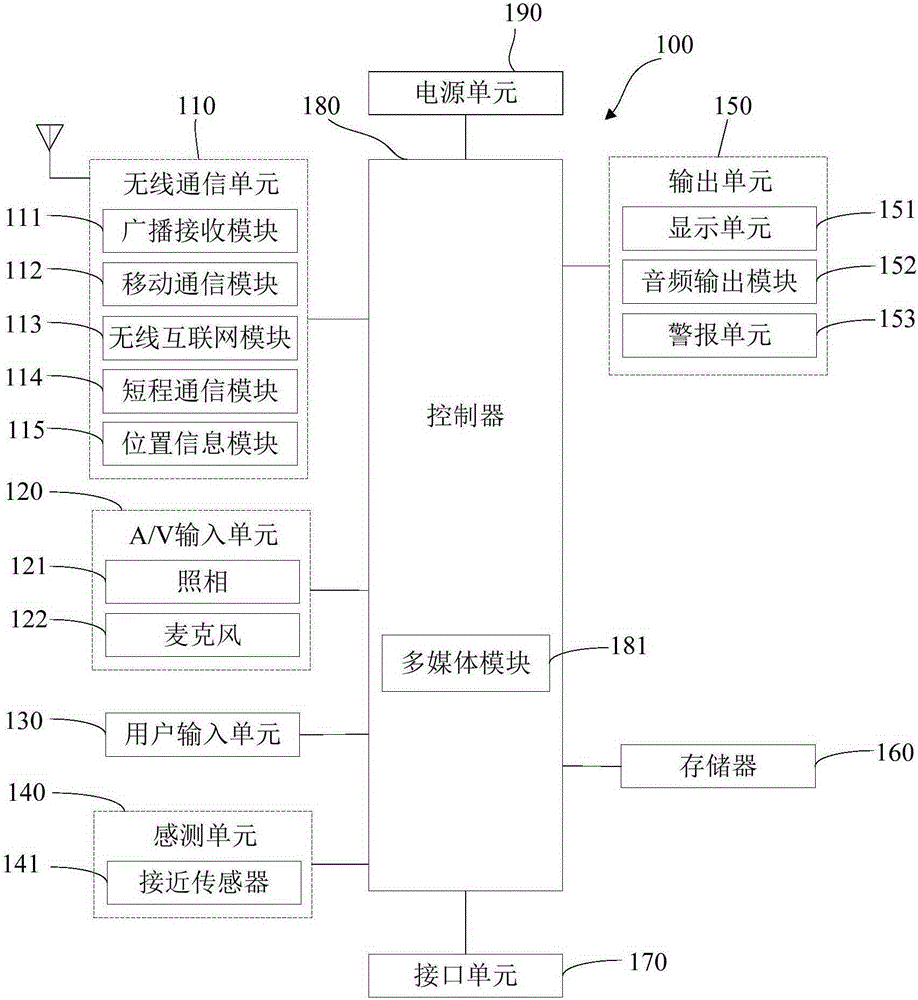Video call system, device and method
A technology for video calls and call data, applied in the field of communications, can solve the problems of poor video call reliability and stability, difficult to guarantee call quality, broken audio or video freezes, etc., so as to improve the video call experience and improve the video call. Quality, the effect of expanding network bandwidth
- Summary
- Abstract
- Description
- Claims
- Application Information
AI Technical Summary
Problems solved by technology
Method used
Image
Examples
no. 1 example
[0108] Such as image 3 As shown, the first embodiment of the video call method of the present invention is proposed, and the method is applied to a mobile terminal, including the following steps:
[0109] S11. Connect to a mobile communication network, and establish a first communication channel.
[0110] In the embodiment of the present invention, the mobile communication network refers to a communication network based on a SIM card. Currently, mobile communication networks that can support video calls include 3G networks and 4G networks. Among them, 3G networks such as CDMA2000, WCDMA, TD-SCDMA, WiMAX, etc., 4G networks such as LTE, etc. The type of the first communication channel is preferably an IMS (IP Multimedia Subsystem, IP Multimedia System) channel, and of course other types of channels may also be established as required.
[0111] S12. Establish a video call connection with the opposite end through the mobile communication network, and transmit call data through ...
example 1
[0193] Such as Figure 11 As shown, the first mobile terminal respectively establishes the IMS channel and the internet channel through the LTE network and the WIFI network, and the second mobile terminal also establishes the IMS channel and the internet channel respectively through the LTE network and the WIFI network. When the transfer server receives the call data transmitted by the IMS channel of the first mobile terminal, it analyzes and obtains the channel type of the destination address in the call data as the IMS type, and forwards the call data to the second mobile terminal through the IMS channel of the second mobile terminal; When the relay server receives the call data transmitted by the internet channel of the first mobile terminal, it analyzes and obtains that the channel type of the destination address in the call data is internet type, and forwards the call data to the second mobile terminal through the internet channel of the second mobile terminal. Conversely...
example 2
[0195] Such as Figure 12 As shown, the first mobile terminal establishes an IMS channel through the LTE network and the WIFI network respectively, and the second mobile terminal establishes an IMS channel through the LTE network.
[0196] When the relay server receives the call data transmitted by the two IMS channels of the first mobile terminal, the channel type of the destination address in the call data is analyzed to be the IMS type, and the call data is forwarded to the second mobile terminal through the IMS channel of the second mobile terminal. mobile terminal.
[0197] When the relay server receives the call data transmitted by the IMS channel of the second mobile terminal, it analyzes and obtains that the channel type of the destination address in the call data is an IMS type, and forwards the call data to the corresponding IMS channel of the first mobile terminal according to the destination address. A first mobile terminal.
PUM
 Login to View More
Login to View More Abstract
Description
Claims
Application Information
 Login to View More
Login to View More - R&D
- Intellectual Property
- Life Sciences
- Materials
- Tech Scout
- Unparalleled Data Quality
- Higher Quality Content
- 60% Fewer Hallucinations
Browse by: Latest US Patents, China's latest patents, Technical Efficacy Thesaurus, Application Domain, Technology Topic, Popular Technical Reports.
© 2025 PatSnap. All rights reserved.Legal|Privacy policy|Modern Slavery Act Transparency Statement|Sitemap|About US| Contact US: help@patsnap.com



